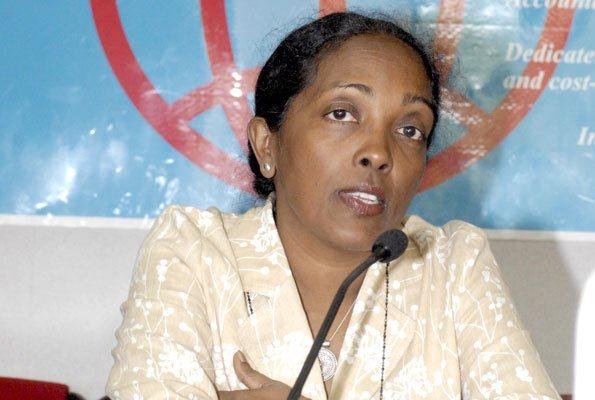
THE World Bank (WB) has crafted a three-year strategy for Zimbabwe, focussing on fostering private sector-led growth, creation of an enabling environment and reducing societal vulnerabilities as it readies for eventual re-engagement with the country.
REPORT BY NDAMU SANDU
The move comes at a time Harare has been building bridges with international financial institutions, to help finance the growth of the economy on the increase since the use of multiple currencies in 2009.
However, international financial institutions have not opened the taps to the much needed lines of credit, due to the country’s US$10,7 billion external debt profile.
The WB’s Interim Strategy Note (ISN) for Zimbabwe that was availed last week, comes barely a week after the International Monetary Fund (IMF) agreed a Staff Monitored Programme (SMP) on the country running up to December.
An SMP is an informal agreement between country authorities and Fund staff to monitor the implementation of the authorities’ economic programme.
The ISN for Zimbabwe was done by the International Development Association (IDA), International Finance Corporation (IFC) and Multilateral Investment Guarantee Agency (MIGA) — all arms of the World Bank Group — and begins this year up to 2015.
This is the third roadmap for Zimbabwe after one in 2005 and the other which ran from FY 2008-2009.
- Chamisa under fire over US$120K donation
- Mavhunga puts DeMbare into Chibuku quarterfinals
- Pension funds bet on Cabora Bassa oilfields
- Councils defy govt fire tender directive
Keep Reading
It is aligned to the World Bank’s Africa region strategy, premised on competitiveness, employment, vulnerability and resilience with a foundation of governance and public sector capacity.
Its first priority is fostering private sector-led growth, addressing competitiveness and employment by working to improve Zimbabwe’s “business environment and the agriculture sector, easing infrastructure constraints, and improving overall growth conditions”.
While capacity in the private sector has suffered from a decade of poor investment, the ISN contends that it could, with a better environment be a driver of growth. It said Zimbabwe has a competitive base for private sector development, largely “on account of the substantial investments made in human capital and infrastructure” after Independence.
The ISN aims to address governance and public sector capacity by strengthening core public systems and focussing on the demand side of good governance.
This means that the WB would help government on ensuring that electronic Public Financial Management Systems (PFMS) improves fiduciary control and informs expenditure and helps government to make public procurement systems more efficient.
It would also help in human resources and wage bill management, saying critical capital and recurrent expenditures are crowded out by large government employment costs that accounts for nearly two thirds of public spending.
“Following the payroll and skills audit, the World Bank AAA [Analytical and Advisory Activities] would inform government on the development of a human resource management information system integrated with the PFMS and payroll for the health sector,” the WB said.
The ISN proposes a broad based pro-poor growth strategy with support for social protection and mechanisms, “to provide a safety net for the poor and vulnerable and improving the availability and utilisation of basic services for the poor”.
Areas that the WB would support under its pro-poor growth strategy are health, education, water systems and sanitation improvement, food security and environmental vulnerabilities among others.
The ISN would build on the bank’s current analytical work, “its credibility in economic dialogue e with government, and its recognised power to convene development partners to support Zimbabwe’s recovery”.
Under the “status quo” scenario, the majority of the proposed ISN programme would be financed from the Analytical Multi Donor Trust Fund and other trust funds.











